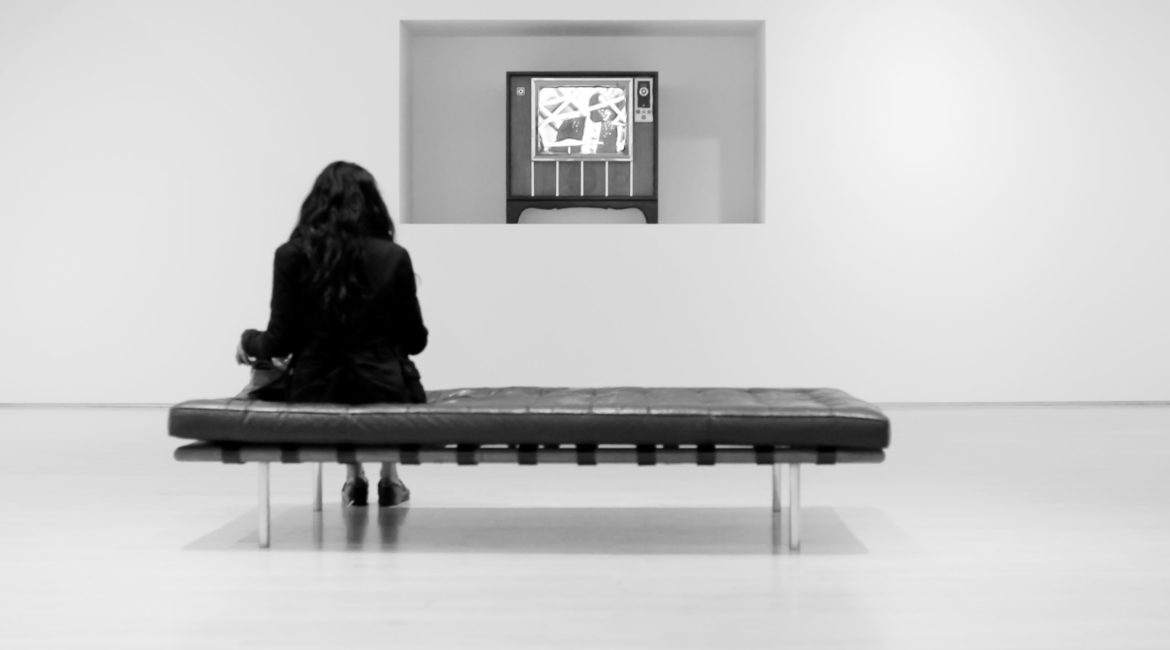Archival theories and practices have long been central to scholarship on rhetorical history. With the emergence of technologies in digital archiving, however, and as rhetorical scholars have become involved in the construction of digital archives and exhibits, we increasingly recognize archives themselves as rhetorical entities.
Staff members working in the Digital Archiving Research Area will explore the technological, pedagogical and theoretical implications of such “rhetorical archives.” They will pose a range of questions, including: How do archives make arguments? How can digital archives help make materials accessible for people with disabilities? What resources can digital archives provide to activist rhetorics? What is the relationship of the archive to ideas of futurity, and how does thinking about the future shape the structure and content of digital archives?
This semester, DWRL researchers will be focused particularly on the archival object. For a digital archivist, the term “object” refers to a digital artifact that exists in relation to a digital archive. Unlike traditional archives, which are charged with the collection of material objects, digital archives collect objects that exist virtually, in digital formats. Many of these objects are “born digital”; in other cases, however, a digital archive may wish to create a digital representation of a material object or event (e.g. a manuscript, a trophy, a public demonstration, etc.).
This semester, staff working in the Digital Archiving Research Area will investigate theories, practices, and pedagogies related to digital representations of the object in a digital archive. Group members will think about how digital technologies might represent material objects in innovative ways, and how digital archives can implement cutting edge technologies beyond those typically associated with archival practice. How, for example, might a digital archivist use 3D printing to represent archival objects? How might augmented reality apps change users’ capacity to experience past events? How might viruses and glitches impact what we understand as an object within a digital archive? And, more broadly, how might new technologies impact digital archives’ rhetorical capacities?


